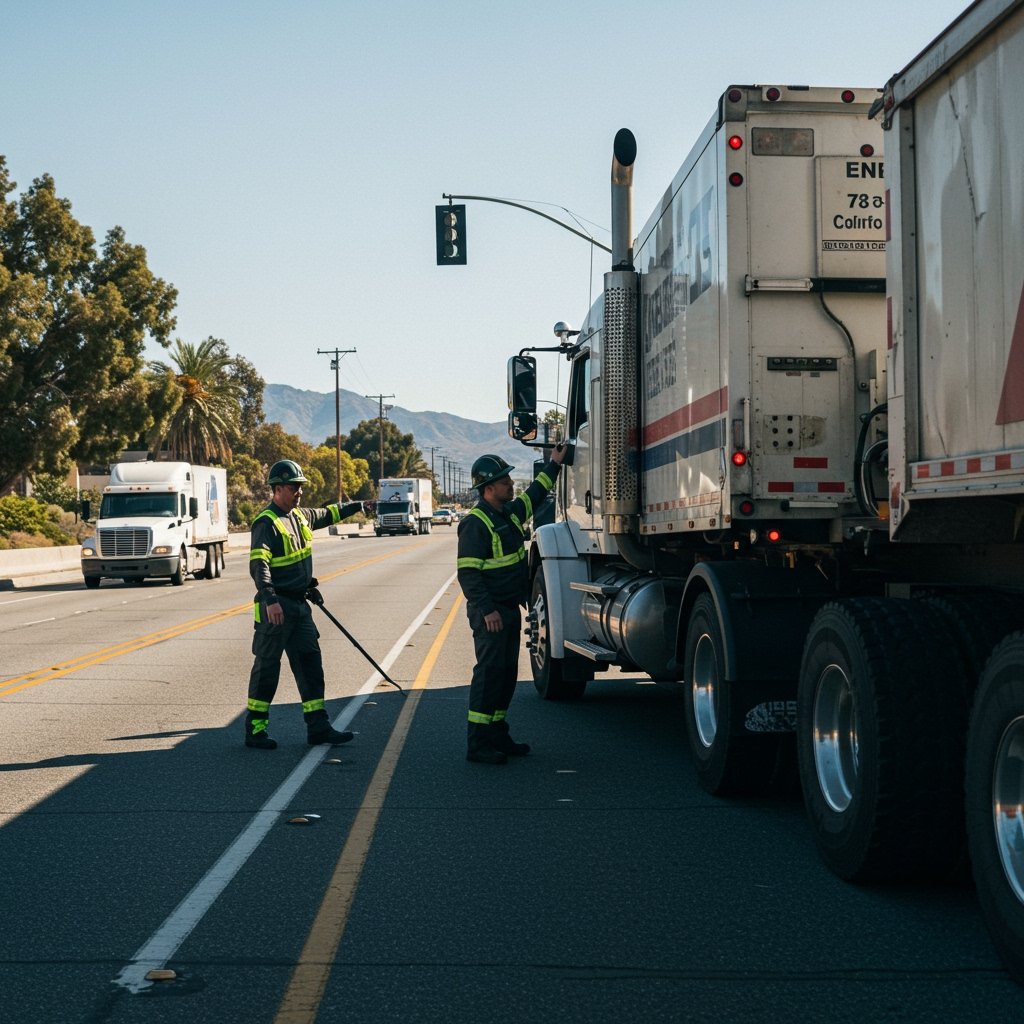Environmental Groups Launch Legal Battle Against California Over Emissions Standards
A coalition of prominent environmental advocacy organizations has initiated legal action against the state of California, challenging a recently enacted regulation concerning air quality and emissions standards for heavy-duty vehicles. The lawsuit, filed on June 6, 2025, targets the California Air Resources Board (CARB) and its adopted Rule “23B,” alleging that the measure contains significant flaws that could undermine critical clean air objectives, particularly in vulnerable communities.
The Plaintiffs and Their Concerns
The legal challenge is being led by the Sierra Alliance and Clean Air Now, two influential groups with long-standing records of advocating for environmental protection and public health in California. According to the plaintiffs, while Rule “23B” purports to modify emissions standards for heavy-duty vehicles with a target compliance date of 2030, its specific provisions include what they describe as detrimental “loopholes.”
These alleged loopholes, the groups contend, disproportionately favor large industrial operators and could allow continued or excessive emissions from heavy-duty vehicles operating in or near disadvantaged communities. The lawsuit specifically highlights the potential negative impacts on residents living in the Central Valley and the Los Angeles basin, regions that historically suffer from some of the worst air quality in the nation and are home to numerous communities already burdened by environmental pollution.
The plaintiffs argue that CARB’s rule, as currently written, fails to adequately protect these communities and deviates from the state’s broader commitments to environmental justice and aggressive emissions reduction.
Challenging CARB’s Rule “23B”
Rule “23B” was developed by CARB as part of California’s ongoing efforts to transition towards cleaner transportation and achieve ambitious air quality and climate goals. The rule specifically addresses emissions standards for heavy-duty trucks, buses, and other large vehicles, a sector recognized as a significant contributor to nitrogen oxides (NOx), particulate matter (PM), and greenhouse gas emissions.
CARB’s stated intention with Rule “23B” was to set a clear trajectory for reducing these pollutants from the heavy-duty fleet, aligning with state mandates for improving public health and combating climate change. However, the lawsuit filed by Sierra Alliance and Clean Air Now posits that certain compliance pathways, allowance provisions, or delayed implementation schedules within the rule constitute loopholes that would permit higher levels of pollution than necessary or environmentally responsible.
The core of the plaintiffs’ argument rests on the assertion that these elements of Rule “23B” could grant unwarranted flexibility to polluters, potentially delaying the adoption of cleaner technologies or allowing older, higher-emitting vehicles to remain in operation longer in certain scenarios. This, they argue, directly contravenes the urgency required to address air quality crises in smog-choked areas and protect the health of residents living in close proximity to major transportation corridors and industrial hubs.
The Lawsuit’s Demands and Legal Venue
The lawsuit was formally filed in the U.S. District Court for the Central District of California. This federal court is being asked to intervene and review CARB’s regulatory action.
Key demands outlined in the plaintiffs’ complaint include an immediate injunction. If granted by the court, this injunction would effectively halt the implementation of Rule “23B” as it is currently written. The groups are seeking this drastic measure to prevent the rule from taking effect and potentially causing what they view as irreversible or significant environmental harm and health impacts.
In addition to the injunction, the lawsuit demands that CARB be compelled to revise Rule “23B.” The plaintiffs are calling for the adoption of a new standard that incorporates significantly stricter emissions limits and eliminates the alleged loopholes that they claim favor polluters over public health and environmental protection, particularly for disadvantaged communities.
Potential Implications for California’s Climate Goals
Legal experts and environmental policy analysts are closely watching the case, noting its potential to have far-reaching implications for California’s environmental agenda. The state has positioned itself as a national and international leader in setting stringent environmental regulations, particularly concerning vehicle emissions and climate change.
California’s efforts are largely guided by landmark legislation such as the California Global Warming Solutions Act of 2006 (AB 32), which set the state on a path to reduce greenhouse gas emissions to 1990 levels by 2020 and established frameworks for further reductions.
The lawsuit challenging Rule “23B” directly intersects with these goals, as reducing emissions from the transportation sector, including heavy-duty vehicles, is crucial for meeting state-mandated targets.
Legal experts suggest that if the court grants an injunction or ultimately finds in favor of the plaintiffs, it could necessitate a significant revision of CARB’s regulations and potentially impact the state’s timeline for achieving its emissions reduction objectives. Such an outcome could either accelerate the transition to cleaner technologies by forcing stricter standards sooner or, depending on the complexities of rewriting the rule and potential appeals, introduce delays and uncertainty into the regulatory process.
The case underscores the ongoing tension between regulatory agencies, industry compliance, and the persistent advocacy of environmental groups seeking the most stringent protections possible, particularly for communities most vulnerable to pollution’s effects. The outcome of this legal challenge in the U.S. District Court for the Central District of California will be a critical development for the future of air quality regulation in California and potentially set precedents for other states grappling with similar emissions challenges.


















